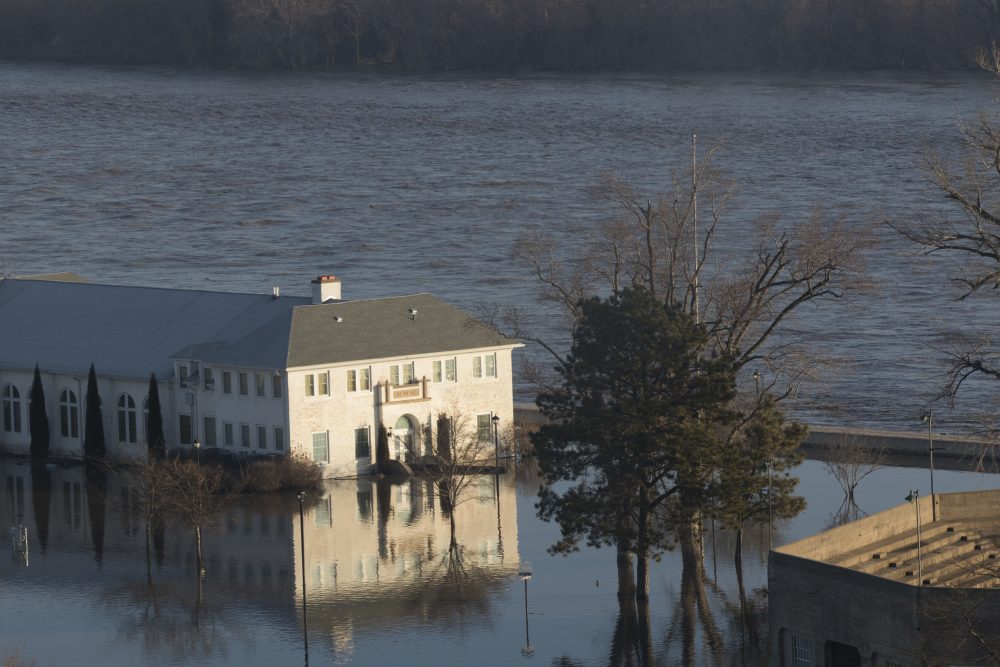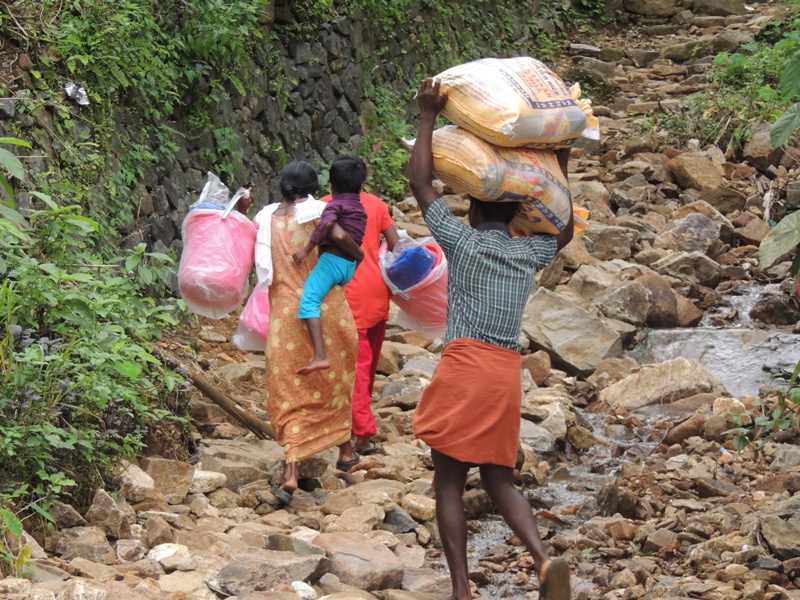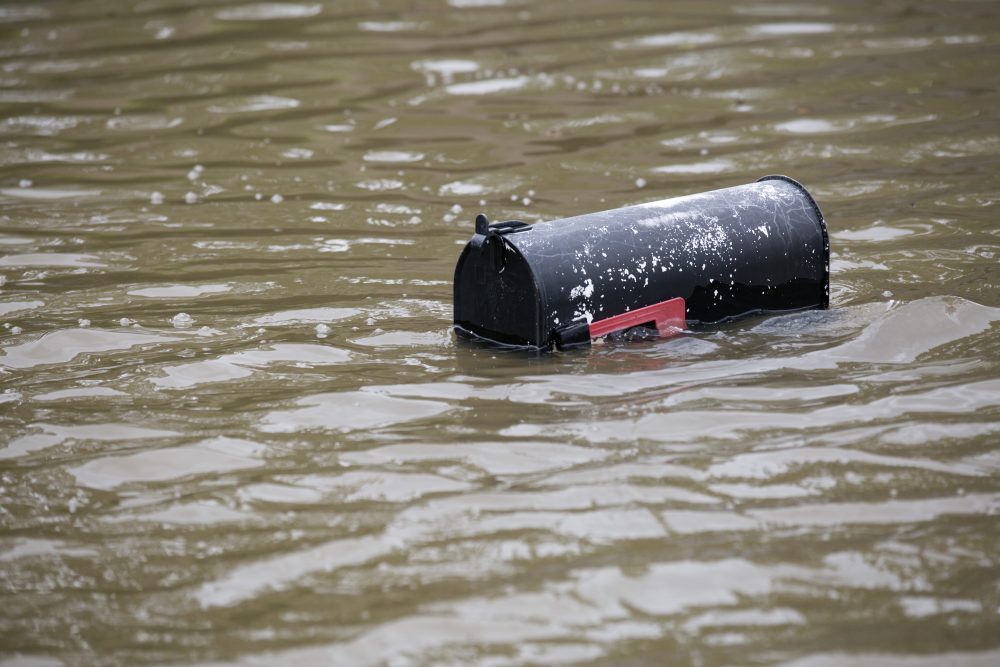If It Doesn’t Have a Name, Is It Still a Disaster?
What do donors consider a disaster and what does it take to motivate them to take action and contribute to the well-being of those in need? In 2018, there were 14 disasters according to NOAA that caused $1 billion or more in damage, the fourth highest number since records have been kept. But only two […]

What do donors consider a disaster and what does it take to motivate them to take action and contribute to the well-being of those in need?
In 2018, there were 14 disasters according to NOAA that caused $1 billion or more in damage, the fourth highest number since records have been kept. But only two of these disasters had names – Michael and Florence. The rest consisted of winter storms, droughts and heat waves, flooding and wildfires. All disasters, by any measure, but generally not attracting much media attention or philanthropic contributions. So, the question seems to be, “What’s in a name?”
What has really brought this question into perspective for the CDP staff is this year’s devastating floods in the Midwest, during the wettest 12-month span on record.
Consider the sequence that unfolded this year:
March
After experiencing its wettest winter in nearly 100 years, a rare combination of extreme weather events strikes the Plains, dumping snow and rain, heavily impacting South Dakota and Nebraska. Forecaster Dr. Ryan Maue tweeted at the time, “I have a sense that some have underestimated the power of this #BombCyclone. It’s like [a] 1,000 mile wide hurricane (winds = Cat 1 or 2) was plopped in the middle of the Central Plains but it is snow.”
March to May
The Missouri River basin experiences more than a year’s worth of runoff in less than three months. Historic Midwest flooding inundates millions of acres of agriculture, numerous cities and towns causing widespread damage to roads, bridges, levees and dams. The states most affected include Nebraska, Iowa, Missouri, South Dakota, Minnesota, Wisconsin and Michigan.
May to August
Ongoing major flooding in the Missouri, Mississippi and Arkansas river basins. Much of the region experiences a second round of flooding. Historic flooding impacts many Southern Plains states, significantly affecting agriculture, roads, bridges, levees, dams and other assets across many cities and towns. The states most affected include Oklahoma, Nebraska, Missouri, Illinois, Kansas, Arkansas, Mississippi and Louisiana.
September
States in the Missouri River basin have had well over 400 percent more rainfall than they would normally have in the first two weeks of September. A third round of flooding impacted or threatened to hit the region.
The effects from the catastrophic flooding in agriculture alone are staggering. According to the USDA’s Farm Service Agency, nearly 19.3 million acres went unplanted this year in the Midwest, Texas, Louisiana and Mississippi – 17.4 million acres more than usual. An estimated 2.4 million acres were planted but failed. Now, fields in the Midwest are ready for harvest, but tractors are getting stuck due to the heavy rains.
The personal tolls in loss of livelihoods, homes and farms are immeasurable – bankruptcy, loss of legacy farms and increases in suicides, yet the floods have received scant national media attention and discouragingly small amounts of philanthropic contributions.
To recognize the importance of these kinds of low-attention disasters, the Center for Disaster Philanthropy launched the Midwest Early Recovery Fund in 2014. It was created to support the needs of vulnerable populations affected by these disasters that rarely receive a FEMA disaster declaration or attract national media attention. You can read more about the Fund here.
Unfortunately, low-attention disasters are the norm in the Midwest. With 20 percent of the land mass and only 10 percent of the population, it is a region with hundreds of small and/or rural communities that do not attract much public attention when affected by a disaster.
Without news coverage, recovery resources are scarce. Federal and state dollars are rarely allocated to address the needs of those most vulnerable to the impact of flooding, fires, tornadoes or severe storms. I am pleased to report that CDP will be increasing the number of grants we provide to help communities throughout the Midwest this year, thanks to a generous donor.
I don’t have a simple answer about how to attract more attention to these slow, evolving disasters like the flooding in the Midwest. More media coverage would help. A better understanding of the human consequences might motivate some. Consistent national media coverage over a period of months about the complicated recovery work might spur better understanding and more contributions.
I do have one theory. What if all disasters had a name like hurricanes do? In 2012, The Weather Channel began naming winter storms in order to increase public awareness. “It’s simply easier to communicate about a complex storm if it has a name, which our naming program has demonstrated,” said Bryan Norcross, former senior hurricane specialist at The Weather Channel. “Good communications benefits everyone.”
Who knows? A name might help in some cases. More likely, what it will take is more funders acknowledging that disasters are more frequent and likely to increase even more – in their own communities as well as around the world. This could prompt a commitment to year-round funding of disaster activity – for planning, preparation, mitigation, as well as a formal recognition that the disaster itself is only the beginning of the long, complicated road to recovery.
That might even work better than just a name.
More like this

Starbucks and Google Support Recovery in Kerala, India

